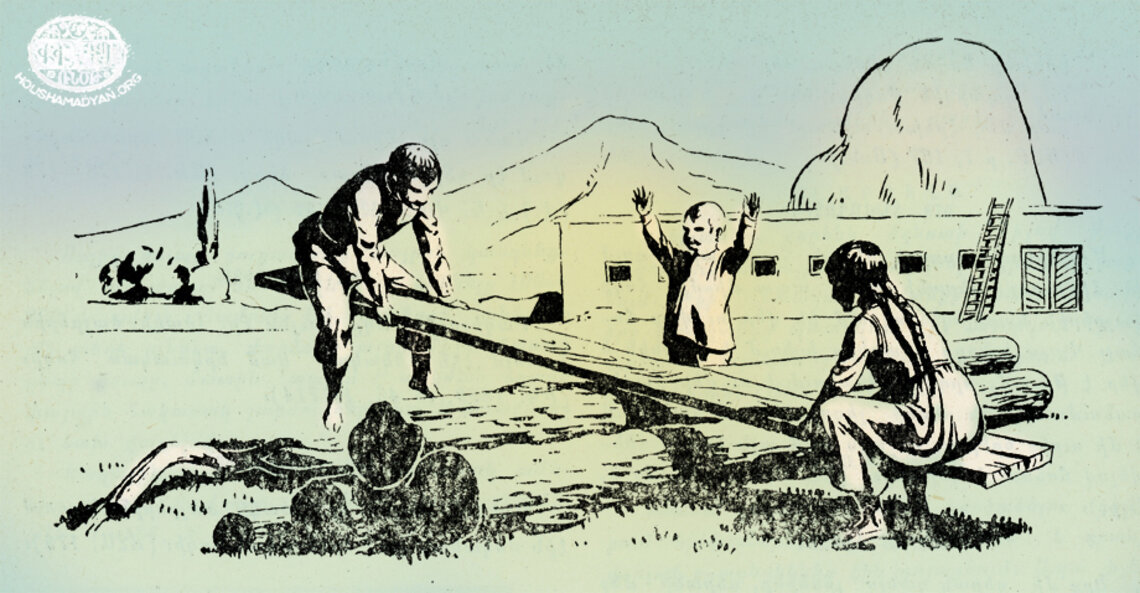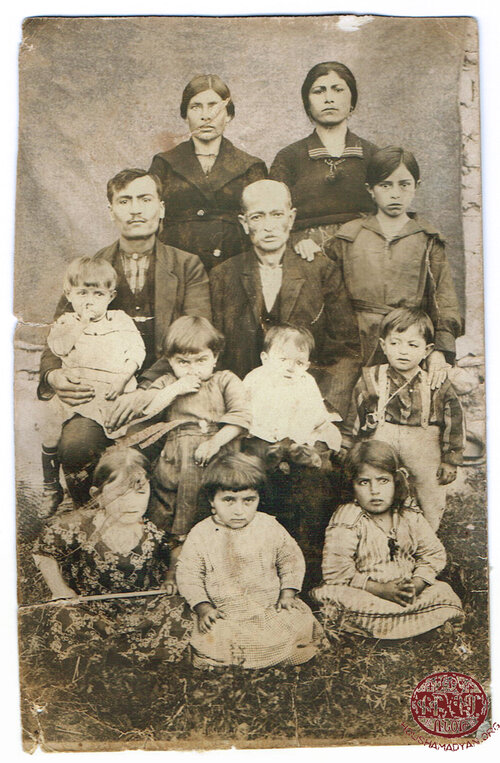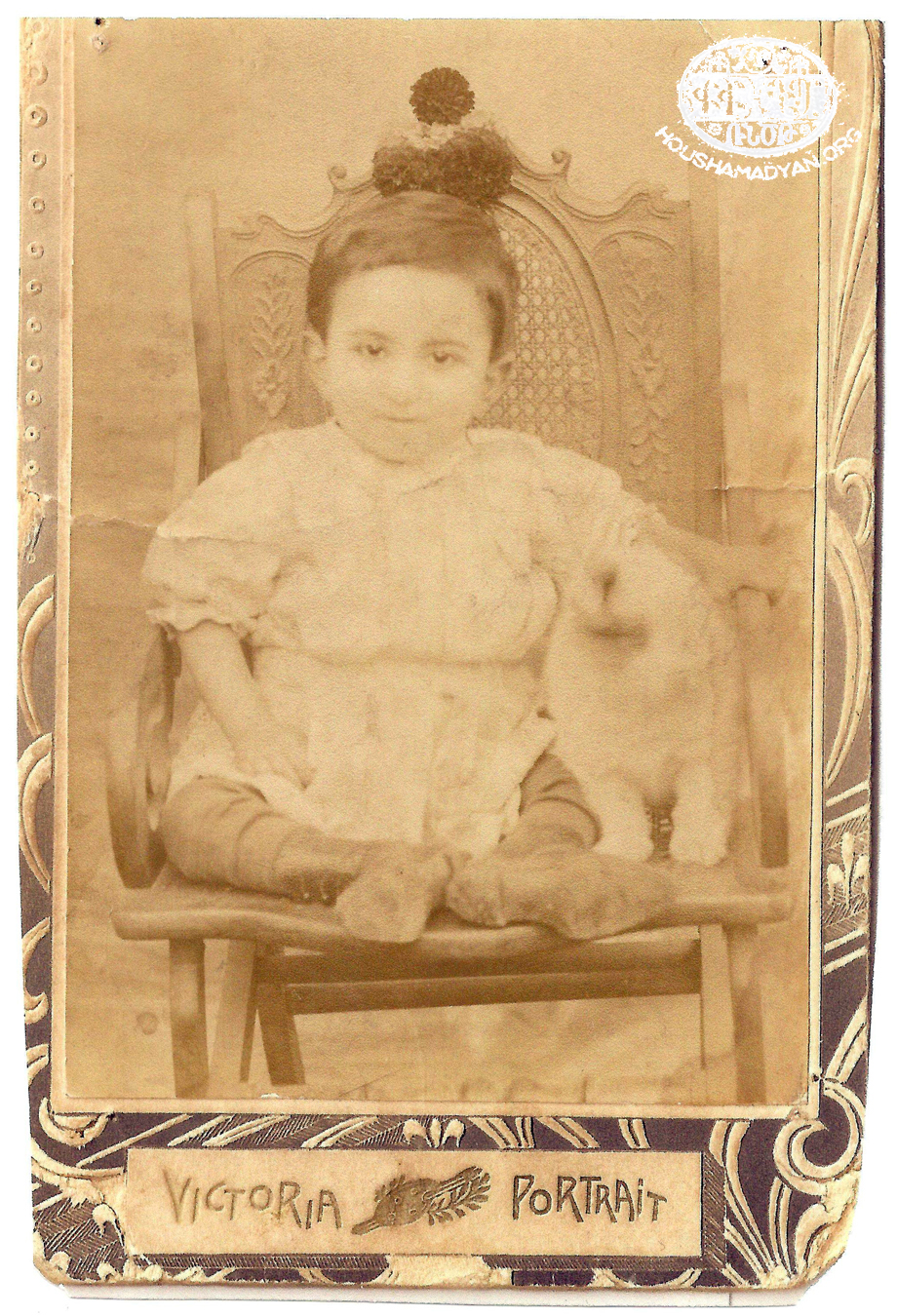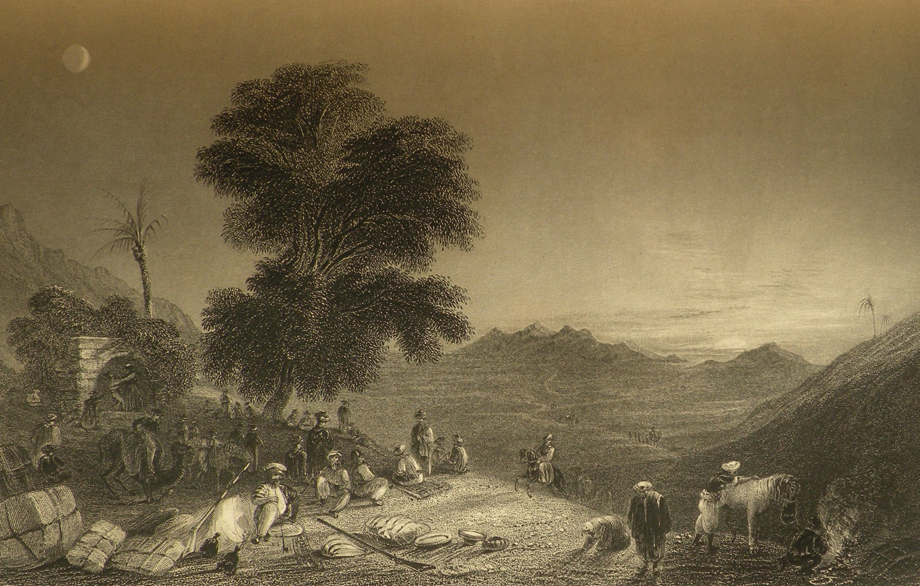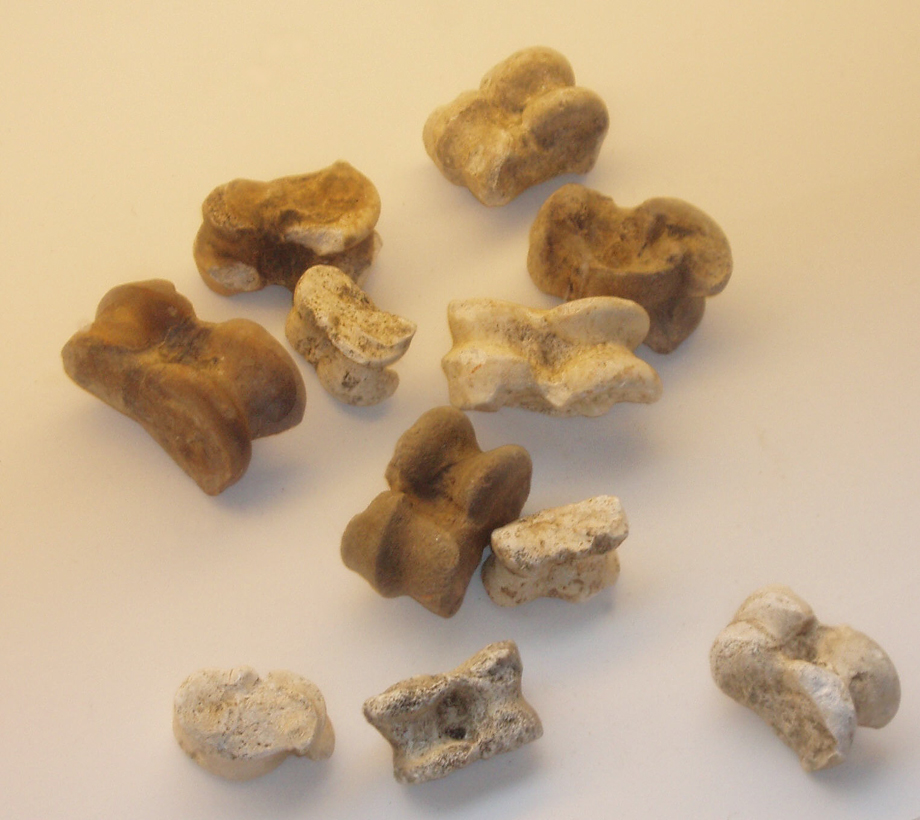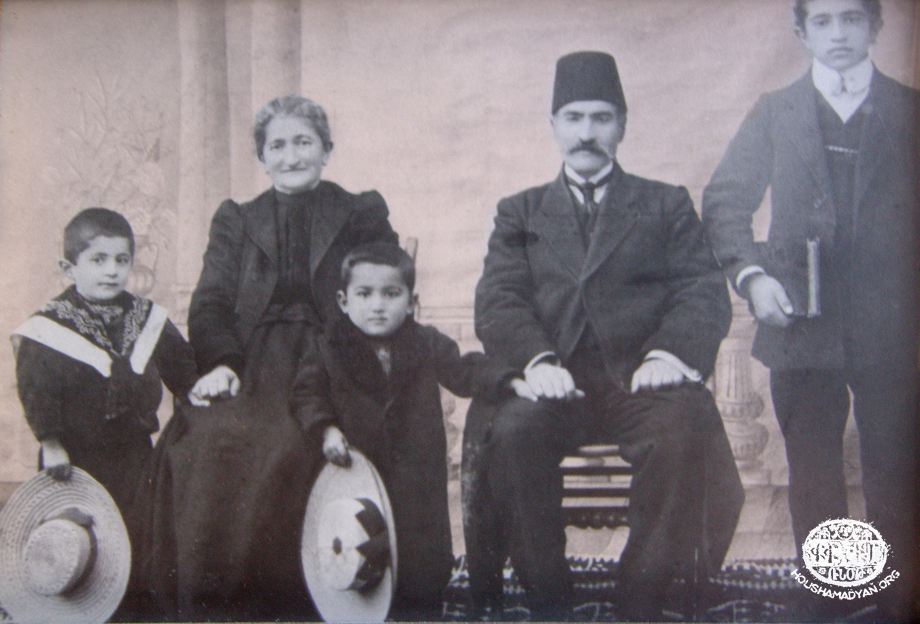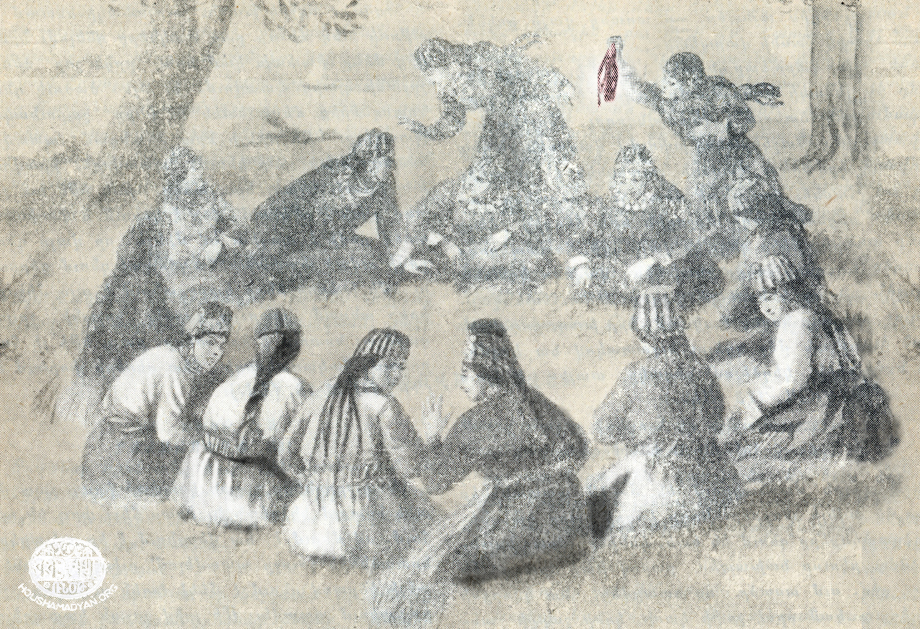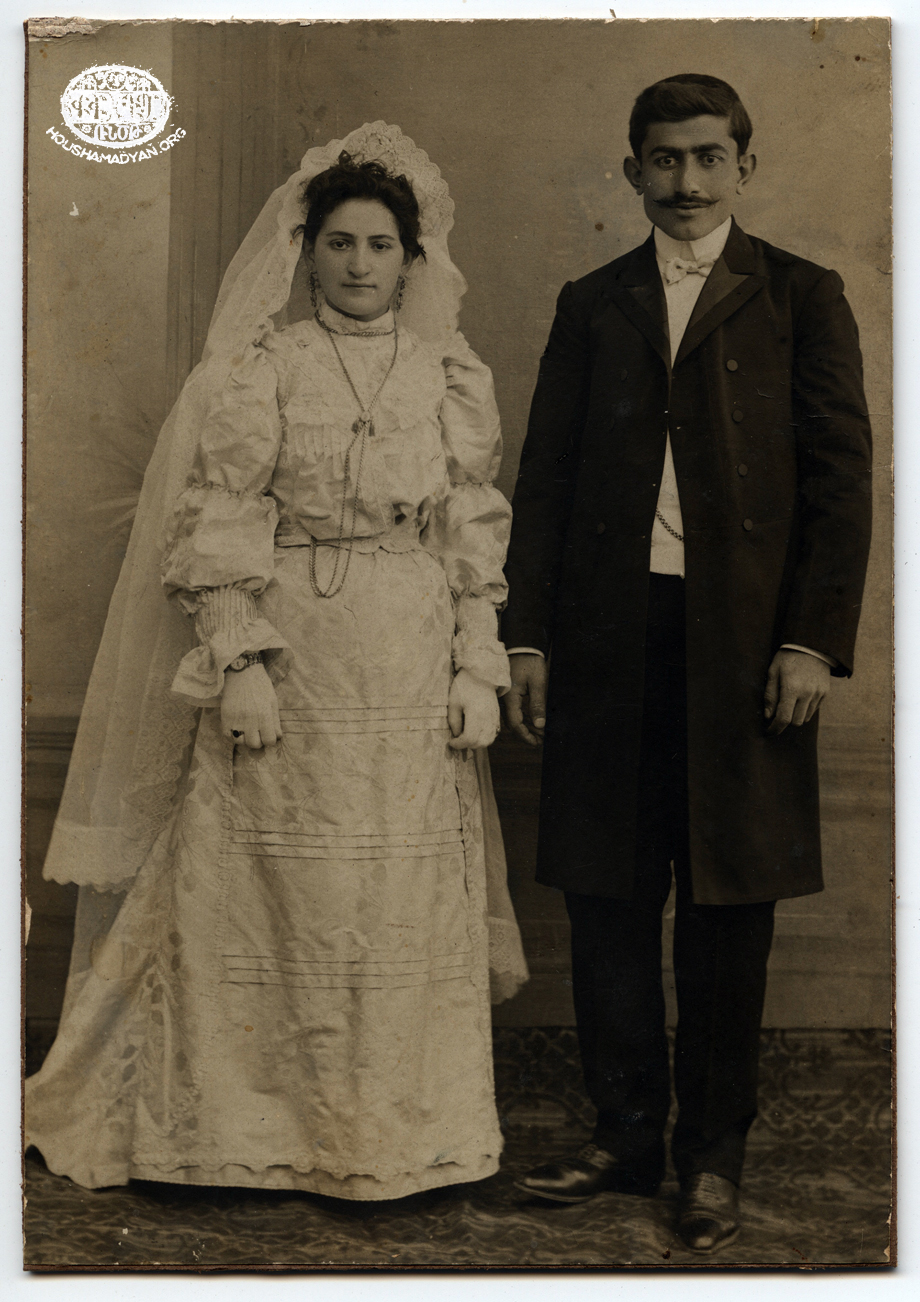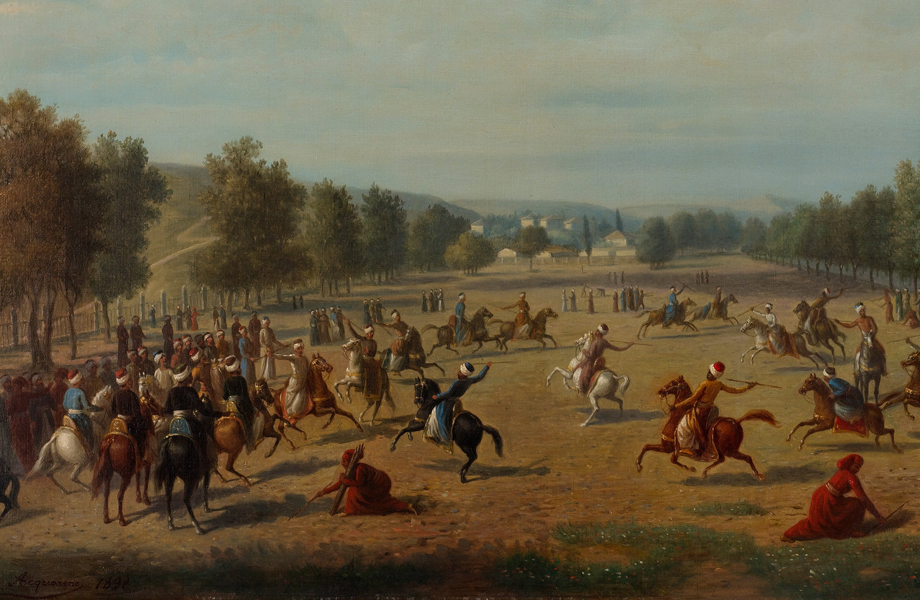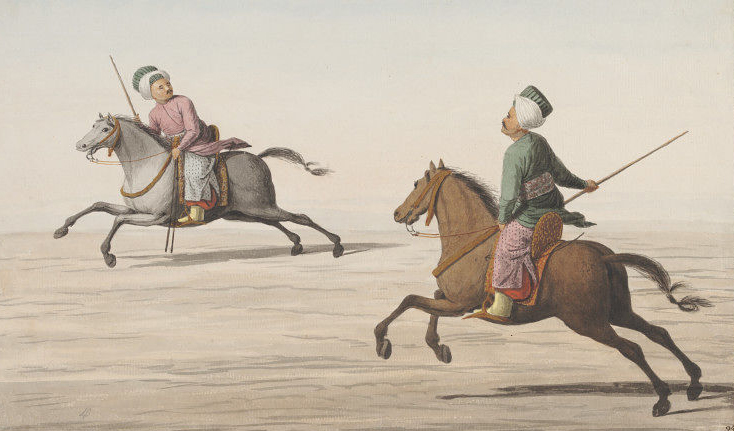Yozgat - Games and Toys
Author: Vahé Tachjian, 27/09/15 (Last modified 27/09/15)- Translator: Hrant Gadarigian

Bahvdouk (Hide and Seek)
Boys and girls played this together or separately. Participants would draw lots to determine the first bargogh (sleeper) or achk kotsogh (person closing their eyes). A specific spot would be selected and the achk kotsogh would stand there, head turned towards the wall, until the other players hide here and there. After a good amount of time had passed, the ‘seeker’ would start looking for the others. Spotting one, the seeker would have to immediately shout out that person’s name, run back to the wall, and spit at the exact spot he or she was standing with their eyes closed. The person ‘caught’ would become the next searcher. The game would continue until the new searcher locates one of his friends.
Pertakhagh (Castle Game)
Played on a large field, 6 to 7 individuals would form a large square, each standing five meters apart. Lots were drawn and the selected person would take a position in the middle. Those forming the sphere would constantly change places with one another. This changing of places would be very quick since the person in the middle would be watching closely to ‘capture’ any unoccupied spot. If successful, the person whose spot was captured would be relegated to the middle and the game would continue.
Hesesi-Hiusesi
Players would place a stone on the ground and, in unison, stand back at a certain distance. Each player would be holding another stone, preferably flat and strong suitable for hitting. The first player would try to hit the stone in the middle, moving it as far as possible. If successful, the player would stand at the stone’s original position and count off the number of paces it had moved. The winner would be the player who hits the stone and moves it exactly six paces. Taking the first step the person would say hesesi, on the second step - hiusesi, third step – ayloz-bayloz, followed by seksen, dokhsan and finally, yiuz. This count must be complete when measuring this distance. If a player wasn’t successful in achieving this in six paces, the game would start anew and the second player would begin the challenge.
Ay-Geordium (See the Moon)
This game was played when the night moon appeared. Two groups would play. One group of players would close their eyes while the group would hide. The spot where the players stood and shut their eyes was regarded as the ‘castle’. Opening their eyes, all but one in the group would go off to find the others. That person would stay behind to guard the castle. Finding one the hidden players the searchers would have to cry out Ay-geordium and quickly return to the castle to defend the castle keeper. The call of Ay-geordium would also bring out all those from their hiding spots. They would run towards the castle aiming to hit the castle keeper and to capture the castle. If successful, the roles were reversed. Those hiding now became the searchers.
Holor
A team game mostly played on the roofs of village homes. One person is selected who must hop on one leg and harass the others. The objective is to hit somebody else. The person hit then becomes the one-legged pursuer. Those running away also have the right to hit the hopping person and throw him to the ground.
Knucklebone Game
Each of the 2-3 players places an equal number of knucklebones on one line. Around this, a circle measuring 1.5 meters in diameter is drawn. The players, holding other knucklebones, stand three meters from this circle. The first player takes aim, throws a knucklebone, and tries to hit the knucklebones on the ground, removing them from the circle. Each knucklebone hit out of the circle winds up in the thrower’s arsenal. The successful thrower continues until he fails to remove a knucklebone. Then, the next player tries his luck.
The knucklebones used for throwing, called enek, were usually heavier. Players oftentimes filled their enek knucklebone cavities with lead to make them better projectiles.
Apricot Pit Game
Follows the rules of the above game, the difference being that apricot pits were the targets placed on the ground. Enek knucklebones or sakhsunu (the flat section of a broken earth jar) were used as projectiles.
Spinning Top
A favorite boys’ game. The hol (top) would be fashioned from oak wood and be the size of an egg. A shoe nail (ghabara) would be nailed to the top and spun with a whip.
This whip would be fashioned from a 50 centimeter piece of thin stick/cane some 2 centimeters in diameter. A piece string, around 25 centimeters in length, spun from wool thread would be attached to the stick’s end. The end of the string was spun from silk. This whip was used to strike and spin the top. Boys would often spin tops on the roofs of houses.
Yozgat, 1912. Standing in center, small boy holding a hat – Badrig Arakelian. The other boys are his cousins. To the left and right of Badrig, seated – his maternal grandmother Sasedeh Berberian (nee Arslanian) and grandfather Roupen Berberian. All except for Badrig were killed in the Genocide (Source: Edward and Mary Ann Kazanjian collection)
Playing Ball
A ball would be made from ox hair combed and shaped into a ball by hand. When shaping the hair, a little water would be used to make it thicker and compact.
Many ball games were played in the Yozgat area.Girls would throw a ball on the ground, trying to make it bounce higher than tem. They would take turns seeing who could get the highest bounce.
Jump Rope
Girls would play this game that had two variations. In the first, the rope would be held and spun by a girl on each end. Other girls would line up to jump over the spinning rope. In the other variant, one girl would hold both ends of the rope and spin it under her jumping feet.
Handkerchief Throwing (Toura)
Boys would crouch in a circle, facing one another. One of the boys, holding a handkerchief, would turn running out of the circle. Sometimes, he would feign throwing the kerchief behind another boy. Eventually, he would secretly throw the kerchief behind one of the squatters. That boy would have to immediately grab the kerchief, pursue the thrower, and try to touch him with it. The fleeing thrower would then have to occupy the spot where his pursuer was seated. If the pursuer is able to hit the boy before sitting down, the later would lose and would continue to play the part of the kerchief thrower. Otherwise, the failed pursuer would become the thrower.
Sometimes, a piece of cloth called a toura would be used instead of the handkerchief. The toura would be tightly twisted and a knot tied at one end. Each of the crouching boys would hold such a toura. When the kerchief was thrown behind one of them, that boy would pursue the thrower and try to hit him with the toura.
Toura Game
In this boys’ game lots are drawn and the ‘unlucky’ winner must kneel on the ground with his head covered so that he cannot see. One of the other players uses a toura to hit him. The one kneeling must name his attacker. If correct, the attacker must assume the kneeling position. If incorrect, the one kneeling is in for more blows.
Another variation of the game involved a player new to the game. Instead of one boy getting his head covered, two would, one of whom would be the newcomer. The first blow is struck. This time, both of the kneeling boys must name their attacker in unison. But in fact, the attacker is the boy kneeling next to the newcomer. Thus, it takes quite a long time for the boy to name his attacker. The others can only laugh at the poor boy’s predicament.
Hand on Hand, But Whose Hand?
This game was mostly played by girls. One of the girls lies face down on the ground. The others, in turn, place their hands on her back, asking her, “Hand on hand, whose hand is it?” The girl lying down must name the last girl who placed a hand. If correct, the roles are reversed. Otherwise, the game continues until a correct guess is made.
Bzzz

A player is selected who must turn his/her back on the others and uses his hands to cover his two cheeks. One of the other players approaches and slaps the first player, whose back is turned, on the cheek. The others, in unison, cry out “Bzzz” to keep the identity of the slapper a secret. The player covering his face must guess the identity of the slapper.
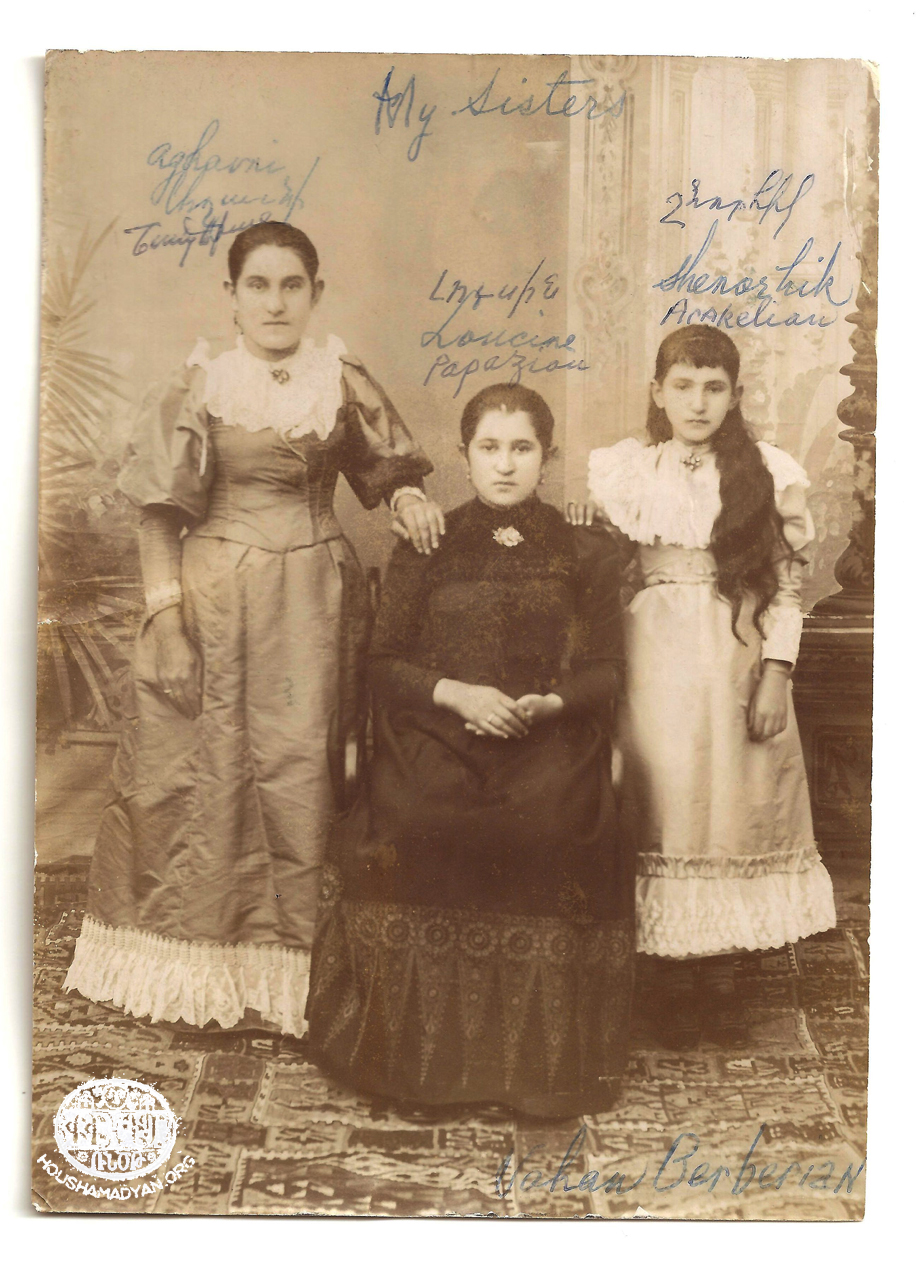
Yozgat, 1901: Three sisters (from left) – Aghavni Berberian (later Shapdjian), Lousineh Berberian (later Papazian), Shnorhig Berberian (later Arakelian) (Source: Edward and Mary Ann Kazanjian collection)
See-Saw
A wooden beam is placed firmly on a flat surface slightly elevated off the ground. A sturdy bar is placed in the middle and a boy or girl sits on each end. They begin to see-saw up and down.
Swing
A swing seat is hung from a thick tree branch. One person sits on the seat while two others, standing on each side, start to push back and forth. This game was popular on holidays.
Meghou (Bee)
A game played at wedding celebrations by three people. Two youths represent the groom and one, the bride. The later, holding a cap, would stand in the middle of the other two who would raise their arms. The one standing in the middle would step on the shoes of the other two. All would have to make the bussing sound of a bee. The middle one, using his hand, would try to hit the palms of the others and prevent them from making other movements. The two others would try to knock the cap off the middle player with just one strike. If successful, they would win. Otherwise, the middle player would be declared the winner.
Bobbing for Apples
Another game played at weddings. A copper basin (barkhadj) is filled with water and one apple, one pear, and one onion. A close relative of the groom (or his best friend when such a relative is absent) is invited to play. The person hands are tied and he kneels in front of the basin. He has to pluck out the fruit and onion with his mouth. To accomplish this feat, the person must stick his head in the water. To make the game harder, larger pieces of fruit and onion are placed in the basin.

Djirid
This was a very popular game in the city of Yozgat and neighboring villages and towns. It was a game played on horseback in a large field. Members of the two opposing teams would carry oak sticks called djirid. Taking aim, the sticks would be thrown to hit the backs of the opposing team’s players. The contest could last for two hours. This game was often played on holidays and Sunday afternoons. Separate teams were frequently composed of Armenians and Turks.

Sources
- Armen Tarian, Antranig Yerganian (editors), History of Armenians of Yozgat and Environs (Kamirk) [in Armenian], Published by Compatriotic Union of Yozgat and Environs, Beirut,1988, pp. 149-151.
- Haigazoun H. Yapoudjian, Memory Book of Rumdigin [in Armenian], Beirut, 1967, pp. 87-94.
- Nouritsa M. Pilibosian, Avedis Kesdekian (A. Gabents), Vahe Haig, Memorial to People of Yozghat (Yozgat) [in Armenian], Fresno, 1955, p. 51.
